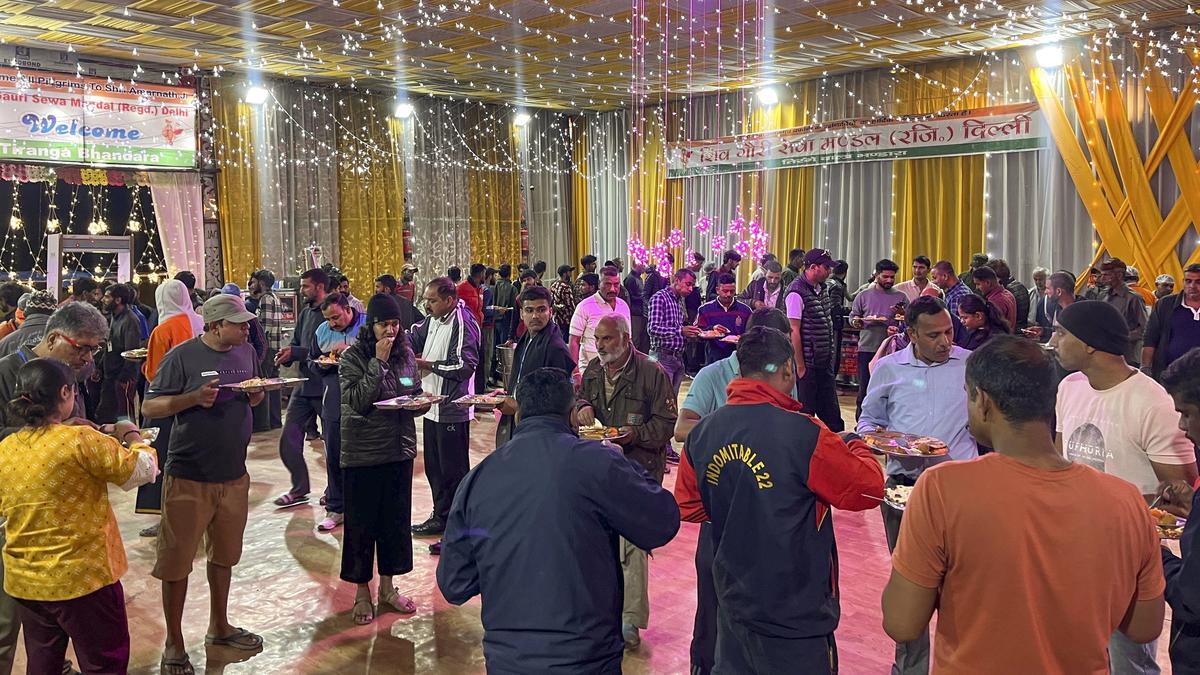Now Reading: Kerala Documents Three Antlion Species for the First Time
-
01
Kerala Documents Three Antlion Species for the First Time
Kerala Documents Three Antlion Species for the First Time

Speedy Summary
- Three antlion species-Indopalpares pardus, Palpares contrarius, and Stenares harpyia-have been recorded for the frist time in Kerala’s Western Ghats.
- Indopalpares pardus was discovered in Vazhayur (Malappuram) and had previously been documented across various Indian states.
- Palpares contrarius was identified at multiple Kerala locations including Kollam, Idukki, Kannur, kozhikode, Palakkad, and wayanad. Earlier reports cite its presence in Karnataka, Madhya Pradesh, Maharashtra, Tamil Nadu, and Mizoram.
- Stenares harpyia extended its range substantially into the southern Western Ghats from Tamil Nadu and Telangana to Pathanamthitta (Gavi), Thirunelly (Wayanad), and vallakkadavu (Idukki).
- The revelation is attributed to a research team from SERL at Christ College in Thrissur alongside Hungarian scientist Levente Ábrahám; results were published in the Journal of Insect Biodiversity and Systematics.
- Researchers suggested that these species’ dry-zone habitats adapting to humid forest zones warrant further ecological investigation.
- Financial support for this research came from the Council of Scientific & Industrial Research (CSIR).
Indian Opinion Analysis
The discovery of three antlion species expands understanding of biodiversity within India’s ecologically significant Western Ghats region while spotlighting gaps in India’s faunal inventory regarding lesser-known insect groups like Neuroptera. Notably significant is the adaptability displayed by typically dry-zone species thriving within humid ecosystems-a scientific insight that raises questions about climate resilience or habitat shifts among insects due to environmental changes.
This study exemplifies how local academic institutions can play an instrumental role in advancing ecological knowledge through taxonomic research supported by governmental organizations like CSIR. Such findings underscore Kerala’s growing importance as a bio-resource hotspot but also highlight a broader need for sustained funding toward cataloging undiscovered faunal diversity across India.
Read more: Source























